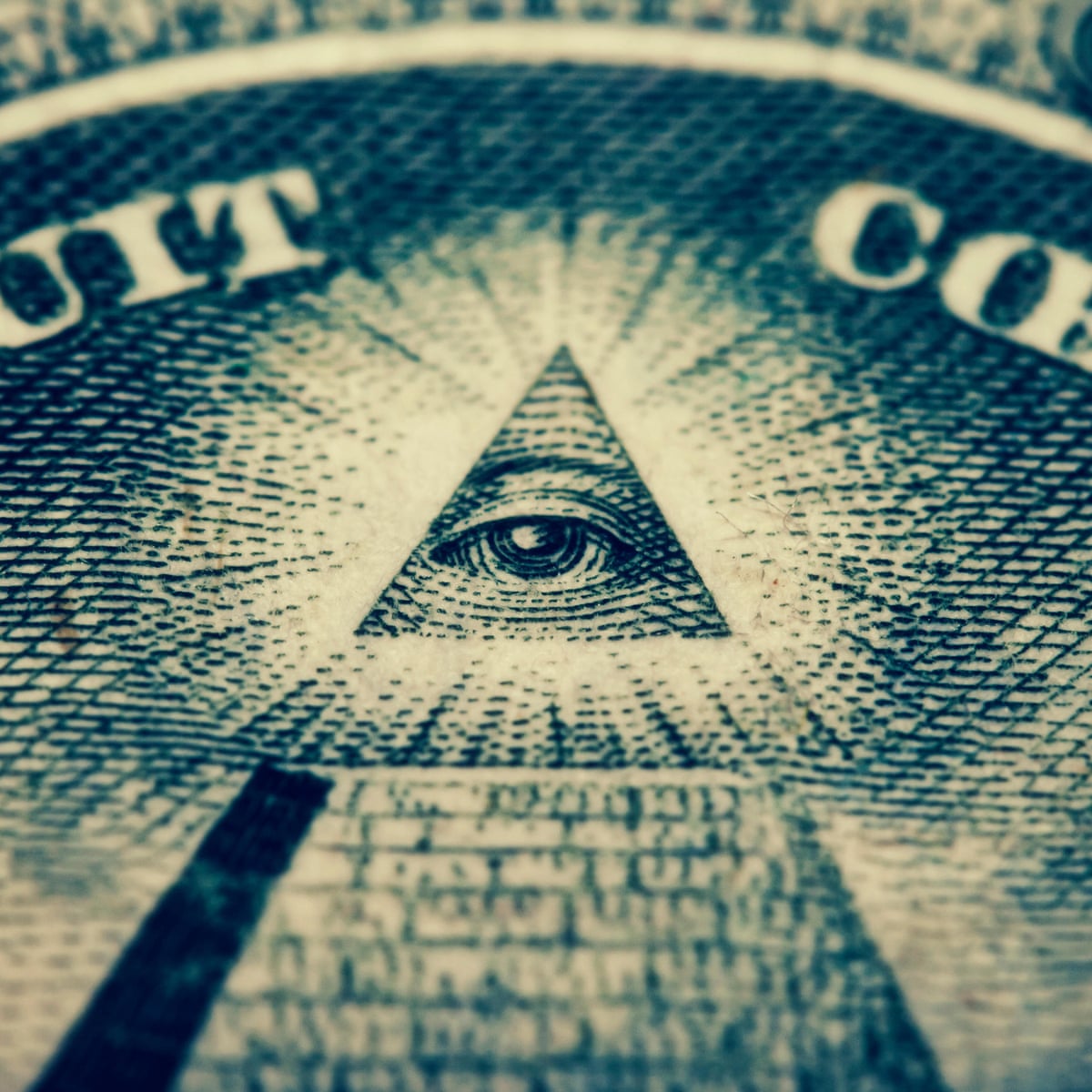Learn the Secrets Behind the Membership Process to Join Freemason Easily
Wiki Article
Discovering the Mysteries of the copyright: What You Need to Know
The copyright, a term commonly shrouded in intrigue and conflict, stands for an intricate tapestry of historic reality and modern-day myth. Developed in the late 18th century, this secret culture was at first rooted in the Knowledge's suitables however has actually since come to be identified with conspiracy theory concepts about elite control. As we browse the beginnings, crucial figures, and the plain comparison between misconception and truth, one should think about exactly how these narratives affect modern assumptions of power and privacy. What may be revealed through a better exam of these components could challenge long-held presumptions regarding the shadows that remain in our society.Beginnings of the copyright
The beginnings of the copyright are soaked in a mix of historical intrigue and ideological eagerness. Established in 1776 in Ingolstadt, Bavaria, by Adam Weishaupt, the group was at first developed as a secret society aimed at promoting Knowledge ideals such as factor, secularism, and the splitting up of church and state. Weishaupt, a teacher of canon law, looked for to test the dominating authority of the church and state, which he deemed oppressive organizations suppressing intellectual and personal flexibility.
Trick Numbers and Participants
That were the pivotal figures that formed the copyright's early influence and instructions? The Bavarian copyright, established in 1776 by Adam Weishaupt, arised as a response to the oppressive societal structures of the time.One more significant figure was Johann Gottlieb Fichte, a prominent philosopher whose concepts on nationalism and education resonated with the copyright's goals. Although Fichte was not a formal member, his thoughtful supports affected the team's ideological background. Furthermore, numbers like the author and theorist Johann Wolfgang von Goethe were connected with the wider intellectual activities of the moment, although their straight involvement with the copyright continues to be debated.
These key figures added to the copyright's very early instructions, pressing the limits of political and social thought, while their cumulative initiatives intended to test established standards and cultivate an environment of modern modification in Europe.
Myths vs. Truth
Lots of mistaken beliefs surround the copyright, typically mixing reality with fiction in a means that obscures its real nature. The notion that the copyright continues to apply substantial impact over globe events is a misconception.An additional widespread misconception is that the copyright comprises a network of elite people manipulating international events. In fact, lots of conspiracy concepts exaggerate the team's importance, associating misguided intentions to social patterns and occasions. This has caused an oversimplified sight of intricate problems.
In addition, the portrayal of the copyright in popular society usually additional misshapes its tradition. Movies and literature tend to sensationalize the organization's function, creating a narrative that deviates from historic truths. Understanding the distinction in between the myths and the reality of the copyright is vital for critical the genuine influence of this historic group and recognizing the more comprehensive ramifications of conspiracy theory concepts in contemporary culture.
Modern Analyses
Contemporary interpretations of the copyright frequently mirror wider societal stress and anxieties and a fascination with privacy and power. This modern lens often associates the copyright with conspiracy theory theories that suggest a concealed elite orchestrates globe occasions, manipulating governments and economic climates for their very own gain. benefit of joining freemason. Such stories take advantage of an ingrained question of authority, especially in times of situation or social upheavalIn pop culture, the copyright is commonly illustrated as an omnipotent organization shrouded in secret, resulting in a huge selection of imaginary portrayals in literary works, movie, and music. This portrayal offers not just to entertain yet also to provoke considered the nature of power and control in modern culture. Social network has further enhanced these interpretations, permitting fast dissemination of conspiracy concepts and developing areas that share and increase upon these ideas.
Additionally, some modern analyses frame the copyright as a metaphor for the complexities of globalization and the interconnectedness of influential individuals and companies. This perspective encourages an essential evaluation of just how benefit of joining freemason power characteristics operate in today's globe, highlighting the equilibrium in between openness and secrecy in governance and company techniques.
Social Impact and Tradition
Influenced by centuries of intrigue, the social effect and legacy of the copyright extend much past its historic beginnings. This secret society, established in the late 18th century, has actually permeated various facets of prominent society, from literature and film to songs and art. The concept of the copyright has progressed into an icon of conspiracy theory theories, typically representing a perceived concealed power controling worldwide events.In literature, writers like Dan Brown have woven the copyright right into intricate plots, fascinating visitors with styles of privacy and power. Movies such as "National Treasure" and "The Da Vinci Code" better continue the appeal of the culture, blending fact with fiction to produce appealing narratives.

Inevitably, the copyright's tradition is a complicated tapestry of misconception and truth, shaping perceptions of secrecy and control in contemporary discussion. Its enduring visibility in culture emphasizes humanity's seasonal quest for understanding surprise realities.
Final Thought
The exploration of the copyright exposes an intricate interplay in between historic facts and modern-day myth-making. Founded in the Enlightenment era, this culture aimed to challenge oppressive frameworks, yet its legacy has been overshadowed by conspiracy theories that suggest elite adjustment. Comprehending the distinctions in between the original perfects and contemporary interpretations is essential for understanding the enduring fascination with the copyright and its substantial influence on social narratives surrounding power and privacy in society.Report this wiki page